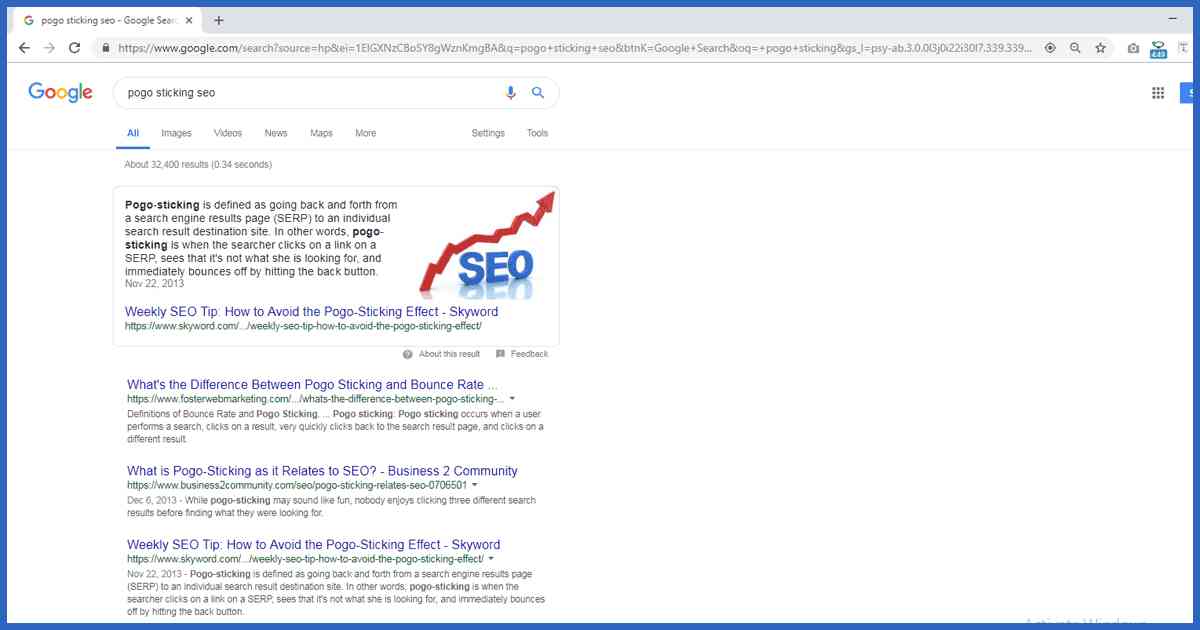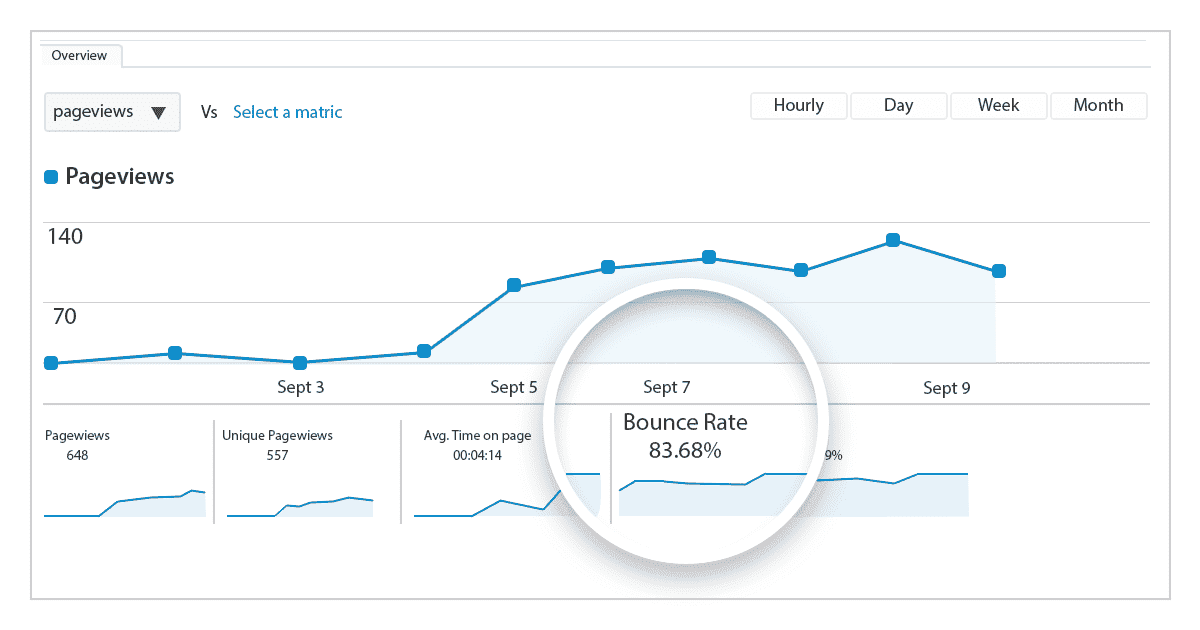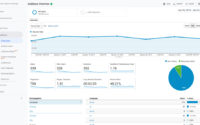Is Dwell Time a Google Ranking Factor?

Dwell time is one of the most important and misunderstood metrics to evaluate ranking in search engines. It is a user-based metric that is considered by Google and Bing when ranking a page.
This concept was first introduced by Duane Forrester in 2011 in his blog post on the Bing Webmaster Blog. The blog outlines the importance of the time a user spends on a page before going back to the search engine results pages( SERPs). The longer a user spends on a page, the better it is for the page’s ranking.
What is dwell time?
In simple words, dwell time is the time a user spends on a particular page before going back to the search engine. When users spend more time on your page, your dwell time grows, building your search engine optimization (SEO).
This can be explained by example:
Example
Let’s assume I do a search for “pogo sticking SEO.” I get the following results:

I click on the first result, where I spend 3 and minutes 15 seconds reading the content.
Now, as I am looking for more information on this subject, I head back to the SERPs (by clicking on the “back” button in my browser). My dwell time on that page was 3 minutes and 15 seconds.
But why does this matter for SEO?
Over the years, SEO experts have debated at length on
how dwell time impacts SEO.
If a user clicks on a page and spends time on it, rather than bouncing back, it indicates that your page has relevant knowledge or content to keep users engaged. As the search engines see longer dwell time, your SEO improves.
Main
components of dwell time
Dwell time can be considered a combination of two components, with one related component.
- Dwell time component: Session duration
- Dwell time component: Bounce rate
- Related component: Click-through rate (CTR) on the SERP.
Session duration
In Google Analytics, one can find the average length of time that users spend on a website. This metric is known as session duration.

Bounce rate
Also within Google Analytics, a metric known as bounce rate indicates the percentage of visitors who leave the website after viewing only one page.

SERP CTR
SERP CTR is a metric to evaluate how often your website appears in search results for a given query, along with how many people click on your site when they see it. This metric can be accessed by browsing to Google Webmaster Tools → Search Traffic → Search Queries.
Tips to increase dwell time
Now that we understand how dwell time works as a ranking factor, here are a few tips to increase it on your site:
Produce high-quality, meaningful content
The first and foremost requirement to increase dwell time is to produce better, more meaningful content related to the topic.
All content, whether it is an article, blog post, info-graphic, or video, should be:
- Actionable or educational
- Entertaining or otherwise gripping (whether funny, unusual, or
simply captivating) - Well-designed, conversational, and accessible.
Make
use of logical internal linking
Internal linking is very important to maximize SEO. With a concrete internal linking strategy, your site can excel in the rankings.
After your audience has finished reading your page and before they return back to the SERP , provide them with additional action options. For instance, they could answer a question that leads to additional, related content resulting in both higher dwell time and better user experience.
Leverage
better engagement tactics
Just as internal links to other articles and pages can make visitors stay on your site, better engagement techniques – such as content recommendations – also work.
Suggest relevant articles to your readers related to what they have been reading. This step will persuade them to stick with your site rather than leaving. A visitor will stay if they get more information about another topic of interest.
pageless scrolling
design for better readability and user-friendliness, thereby increasing dwell time.
Conclusion
Improved content marketing strategies will have a direct impact on decreasing your bounce rate and increasing your session duration. To get great search engine rankings, build relevant pages that compel people to stay on your site. Better content marketing translates into higher dwell time and stronger SEO. Need help improving your dwell time and user acquisition? For in-depth analysis and guidance, email contact@epikso.com  or book an appointment  today.












